5 Workplace Safety Tips for Material Handling Industry
Material handling—the movement, storage, control and protection of materials throughout the supply chain—is the lifeblood of the material handling industry.
Errors in manual lifts, poor workflows or inadequate equipment can lead to costly injuries, damaged goods and operational downtime. By adopting proven safety strategies, material handling companies can protect their workforce, optimize processes and maintain compliance with regulations.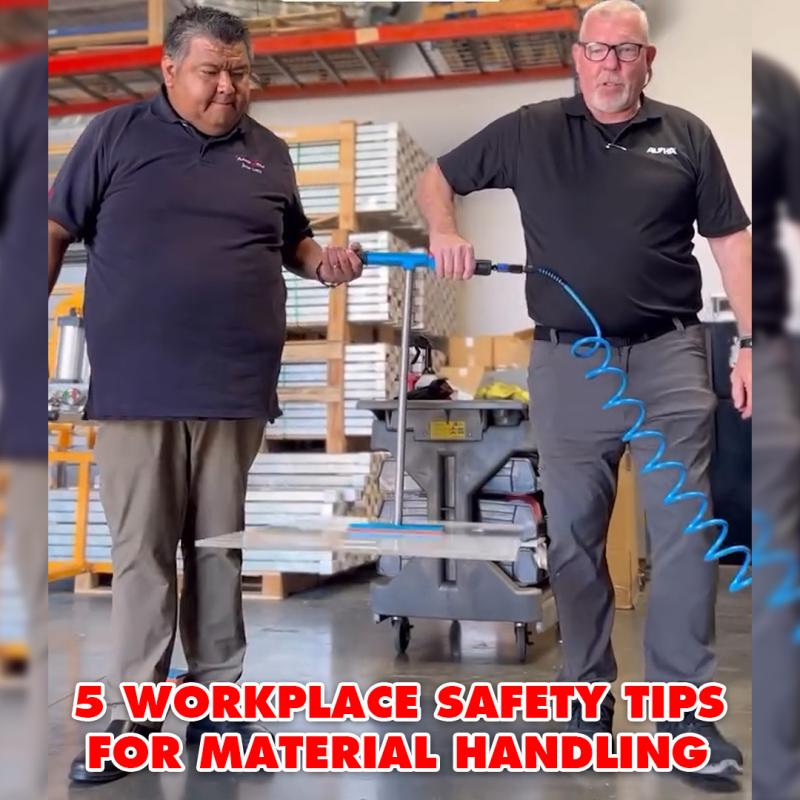
Tip 1: Prioritize Ergonomic Practices to Prevent Injuries
Maintain Correct Posture
Adopt a neutral spine alignment: keep your back straight, bend at the hips and knees, and avoid twisting your torso while lifting. This posture minimizes stress on the lumbar region, the most common site of warehouse-related musculoskeletal injuries.
Implement the 5 Principles of Manual Handling
Following the MasterMover “Plan, Position, Pick, Proceed, Place” framework ensures that every movement is deliberate and safe. Planning your lift—checking route clearances, load stability and necessary aids—lays the groundwork for injury-free handling material operations. Use Core-Strengthening and Stretching Routines
Integrate brief stretching sessions and core exercises into shift start-up routines. A strong midsection and flexible muscles reduce fatigue and the risk of strains when handling bulky or heavy loads.
Tip 2: Execute Controlled, Deliberate Material Handling Operations
Plan Every Lift
Before lifting, inspect the object’s weight, size and shape. Determine if it exceeds safe manual limits (often around 50 lb/23 kg) and whether a team lift or mechanized aid—such as a scissor lifter—is required
Move with Intent
Lift slowly and steadily, pause at mid-lift to re-engage your core, then lower deliberately. Avoiding sudden jerks helps distribute force evenly across muscles and ligaments, preventing common strains and sprains
Communicate in Team Lifts
For two-person lifts, use clear verbal commands (“Ready… Lift… Set!”) and designate a lead lifter. Synchronization prevents abrupt load shifts and maintains balance when handling larger items.
Tip 3: Keep Loads Close to Your Body’s Center of Gravity
Understand the “Power Zone”
The safest lifting zone spans from mid-thigh to mid-chest. Holding loads within this power zone minimizes leverage on your spine and reduces the risk of overexertion.
Employ Proper Grip Techniques
Use full-hand grips whenever possible. Pinch grips on smooth or awkward surfaces increase the chance of load slippage; if necessary, secure the item with a lifting clamp or transition to a vacuum lifter slab lifter for delicate, non-porous sheets.
Break Down Oversized Loads
When pallets or containers are too heavy or large, divide contents into smaller batches or layers. Transporting in segments preserves ergonomic form and keeps lifting equipment within safe operating thresholds.
Tip 4: Plan Your Warehouse Layout and Workflow for Safety
Clear Pathways and Housekeeping
Maintain unobstructed aisles and staging areas. Remove debris, spills and protruding pallet corners to prevent trips, slips and collisions—with or without powered aids like forklifts and conveyor belts.
Secure Storage Practices
Ensure racking and shelving comply with load limits. Stack materials evenly and use containment systems—nets, straps or edge guards—to prevent tipping or falling during storage.
Environmental Controls
Optimize lighting, temperature and ventilation. Poor illumination can obscure hazards, while extreme heat or cold reduces grip strength and operator alertness, undermining safe handling material protocols.
Tip 5: Integrate Advanced Material Handling Equipment and Technologies
Deploy Mechanical Aids
Reduce manual strain by equipping your facility with forklifts, pallet jacks, conveyors and hoists. For overhead lifts, consider investing in gantry cranes safety systems that combine mobility with load stability, or install wall-mounted jib cranes support when floor space is at a premium.
Secure Loads Effectively
Ensure all transported items are fastened with reliable ratchet tie down traps. Learn how ratchet tie down straps improve stability and comply with transport guidelines to eliminate load shifts.
Consult on Power Handling Systems
Partner with experts to evaluate powered handling systems that match your throughput demands—whether that’s high-cycle pallet handling or specialty lifts in the material handling industry.
Leverage Specialized Lifting Equipment
For stone, glass and other slab materials, deploy solutions such as the efficient Aardwolf scissor lifter or Aardwolf slab lifting clamp systems. For non-porous or fragile loads, the electric vacuum lifter offers suction-based handling to eliminate manual gripping altogether
By systematically embedding ergonomic best practices, planning careful lifts, keeping loads close, optimizing your facility layout and integrating the material-handling equipment, companies in the material handling industry can dramatically reduce injury rates, improve compliance and maximize operational efficiency. Implement these five tips to foster a safety-first culture and position your warehouse at the leading edge of material handling excellence.




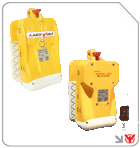

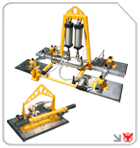
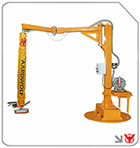
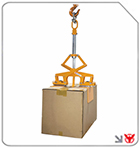
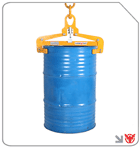

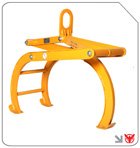

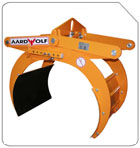
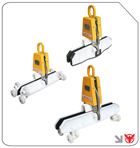

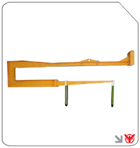
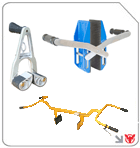
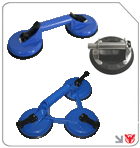

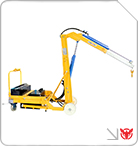

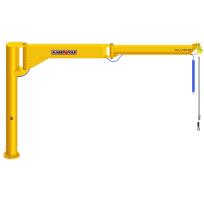
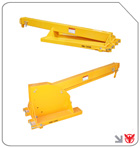
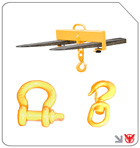
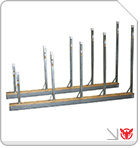
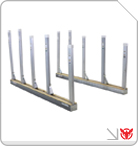
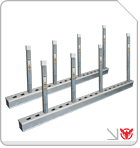



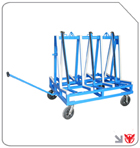

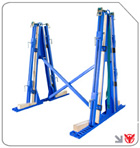
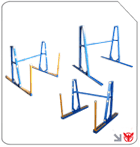
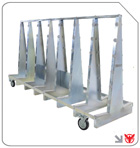
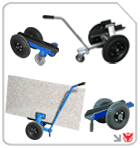


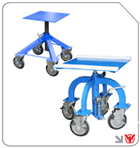




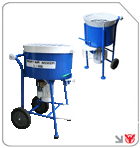

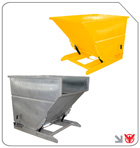

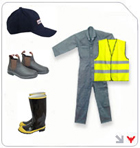
Follow us on: